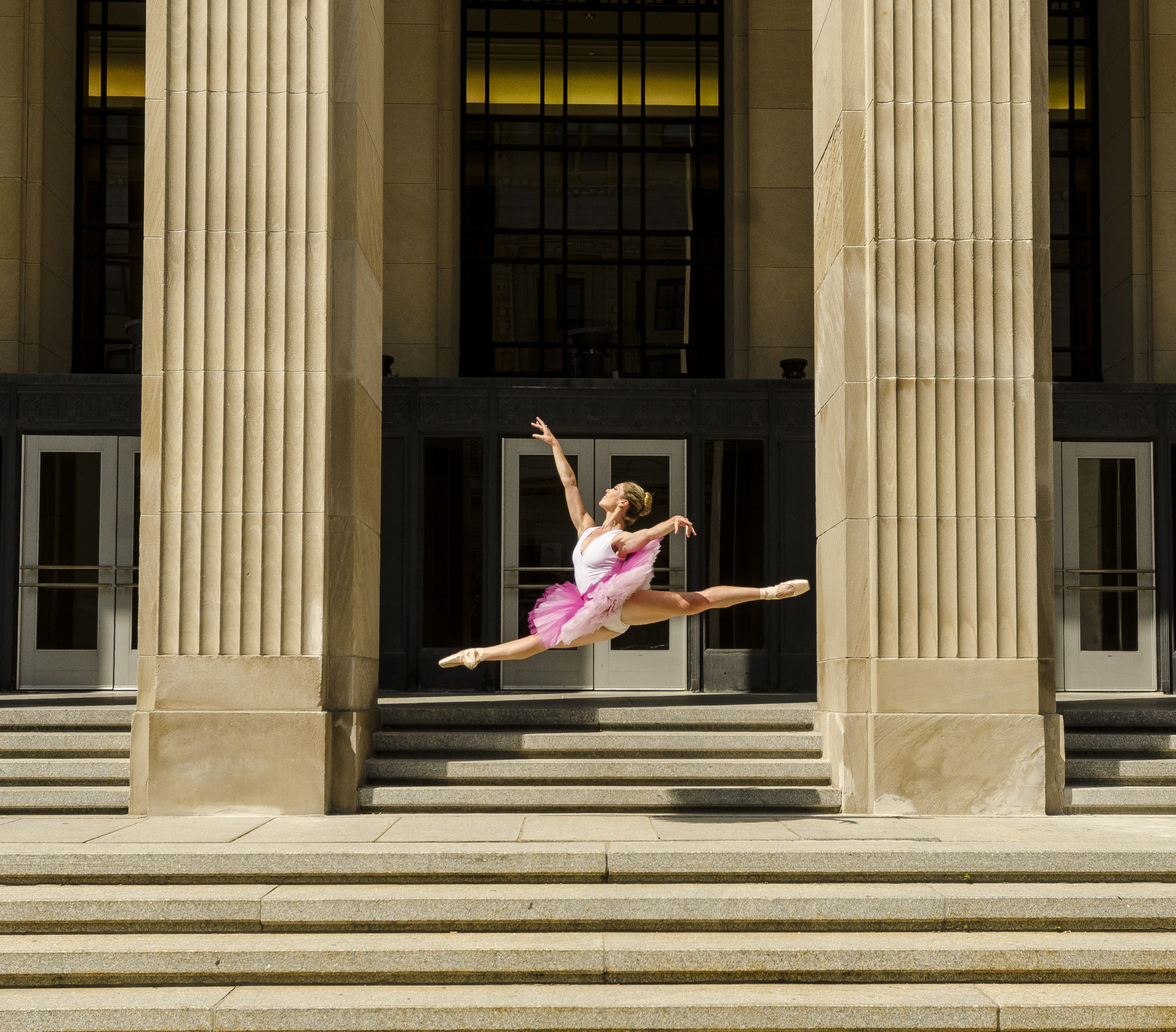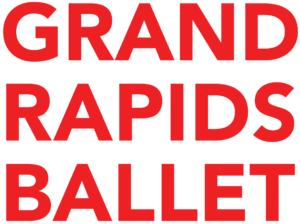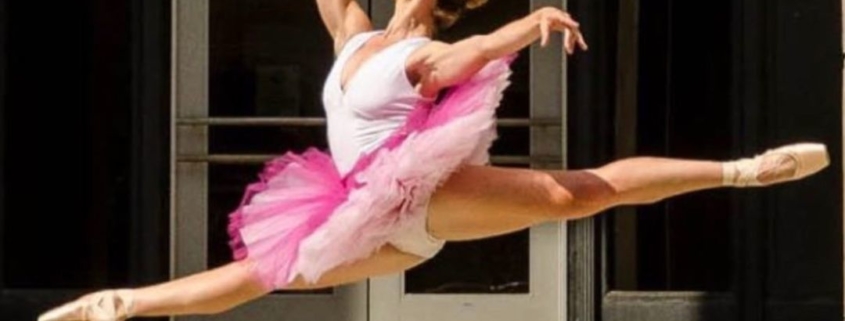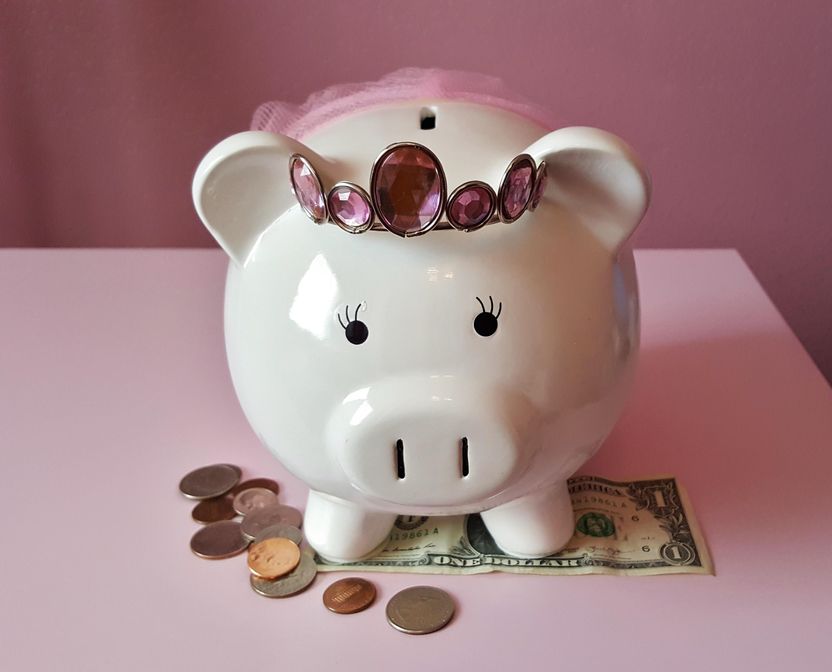
Alexandra Meister-Upleger photo by Ray Nard Imagemaker
By Linnea Swarting for Pointe Magazine February 2, 2021
When our Nutcracker performances got canceled at Los Angeles Ballet, I, of course, had to deal with the emotional reaction. But I also had to worry: How was I going to pay my rent?
The pandemic has opened my eyes to financial wellness—it took a crisis for me to understand that I wasn’t prepared for one. With the pandemic, I realized that I had not been saving and spending in a way that was thoughtful. I was paying bills and whatever else came up in the moment, but I had no eye on saving for the future or in case of emergency.
Knowing that many dancers live paycheck to paycheck, I wondered how artists I know have sustained long-term careers, or how they’ve made big financial moves, like buying a house. It seemed impossible to me! Considering everyone, especially now, has different situations with expenses and income, I wanted to find out how some dancers have made their budgets work for them in order to save, even amid long layoffs or while working gig to gig.
Getting Started
Many dancers start working at a young age, and often haven’t lived on their own before or accounted for their own expenses. Chelsea Paige Johnston, a freelance dancer in Los Angeles and a former soloist at Los Angeles Ballet, began learning how to budget when she became a trainee at Pittsburgh Ballet Theatre. “I was paid only in pointe shoes and performance stipends,” Johnston says. Her parents, who had to help her cover living expenses at the time, taught her how to organize her finances into categories, including rent, utilities, health care, gas, groceries and savings. She’s maintained this practice throughout her career, even as her income and expenses have fluctuated.
Rebecca Eve Selkowe, financial wellness counselor at The Actors Fund and author of Dominate Your Debt: A Work & Play Book, recommends starting as Johnston did to collect as much information as possible about your income and spending habits—while staying judgment-free and patient with yourself. “I keep artists who work with me in the gathering-information phase for as long as possible,” she says. “We create a profit-and-loss sheet by looking at our spending history for the last six months, assigning a category for every transaction, and then finding the average for every category. Then you would do the same for your income sources.”
Grand Rapids Ballet dancer Alexandra Meister-Upleger uses an Excel spreadsheet to create an expected budget and to log her expenses each month. This allows her and her husband (also a dancer) to see exactly how much money they’re spending and where it’s going. They sought additional budget guidance from money-management expert Dave Ramsey’s Financial Peace University course. “It takes a lot of time to get good at creating an accurate budget,” says Meister-Upleger. “At first, we were often underestimating how much everything costs. Now I have a much better idea.”
After tallying your expenses and income comes the harder work of balancing the two: Do you have enough money to cover your expenses and meet a personal-savings goal? Balancing your profit and loss can help you prevent missing bill payments and accumulating debt. Of course, the pandemic makes doing so more challenging, with many dancers facing furloughs and pay cuts.
Some have addressed this is by cutting costs, such as moving in with roommates or their parents. Meister-Upleger says that while she was collecting unemployment over a stretch of the pandemic, “we made a very conscious effort to save anything we didn’t use on expenses. We tightened the budget up and weren’t buying anything we didn’t need.”
Others have pivoted to find other sources of income while keeping expenses low—for example, I started freelance writing and performing in virtual gigs. Johnston has booked online performances while also working as a demonstrator for virtual classes. This is where Selkowe’s advice about being patient with yourself becomes key, since we all know it is frustrating to work hard and still struggle to close the gap.
Financial Wellness
The Actors Fund’s Financial Wellness programs incorporate education on budgeting, investing basics and taxes, as well as exploring the mental side of financial security. “The ‘wellness’ piece has to do with your relationship with money,” Selkowe says. “Are you engaging with your money? When it comes to your finances, are you practicing all the things it takes to be in a good relationship, like kindness, patience and honesty with yourself?” Because of the pandemic, all The Actors Fund’s programming, which is specifically tailored to artists, is now offered online and is free for performing arts professionals. Dancers nationwide can sign up for single-session workshops and six-week programs, including the Psychology of Money and Managing Cash Flow.
Having a realistic gauge of your finances can help lower anxiety related to it. “I can’t express how much less stressed I am from keeping our budget,” says Meister-Upleger. After a serious concussion, she was able to stay afloat and pay medical bills thanks to an emergency fund she had built up. “It was very sad to see the savings account emptied, but it was such a relief we didn’t have to worry about how to pay the bills. I was able to focus on getting better.”
Johnston reevaluated her budget after leaving company life to become a freelance dancer. “Before, I used to add up and portion out by month my total anticipated earnings for each season to set up my budget for the year,” she says. “Now, I have to plan ahead more and be open to a cycle of saving and seeking financial support.” She uses a mobile app provided by her bank to stay in touch with her spending—most major banks allow you to view your monthly statements and set budget alerts.
Other Resources and Savings
The pandemic has made a lot of dancers think about other financial resources. “[As a freelancer,] I’m paid inconsistently and unpredictably,” Johnston says. “Now, with jobs canceled or indefinitely postponed and the changing availability of government assistance, I’ve had to take things week by week instead of planning further out into the future.”
Some steps towards finding assistance include filing for unemployment insurance, if eligible, and applying for emergency-relief-fund grants from private organizations like Artist Relief and Artist Relief Tree. The American Guild of Musical Artists is offering COVID-19-related assistance to its members. The Actors Fund also offers emergency relief for dancers, in addition to its educational programs.
As a dancer, your budget most likely will be cyclical, but in the thick times, make sure to put some money in savings. Even putting aside $5 a week is a step in the right direction—it sets the intention of saving, and you can adjust the amount as you get used to the practice. A well-maintained savings account could work in tandem with aforementioned assistance during a crisis, and hopefully lead to stability in the future. “You can take hold of your own financial destiny,” says Meister-Upleger, “if you start to save what you can and try to keep your expenses low.”




